
Blog
How to Efficiently Plan Your Solar Panel Installation for Maximum Energy Savings
In recent years, solar panel installation has emerged as a pivotal solution for homeowners and businesses seeking to reduce their energy costs and carbon footprints. According to the Solar Energy Industries Association (SEIA), the U.S. solar market is projected to grow 20% annually, with over 100 gigawatts of solar capacity expected to be installed by 2024. Efficient planning of your solar panel installation not only maximizes energy savings but can also lead to significant financial incentives, including tax credits and rebates that can cover up to 26% of installation costs. Furthermore, a well-executed installation can enhance property value by as much as 4%, making solar energy not just an environmentally responsible choice, but a financially savvy one as well. As homeowners increasingly look towards renewable energy, understanding the nuances of an efficient solar panel installation process becomes essential for optimizing benefits.
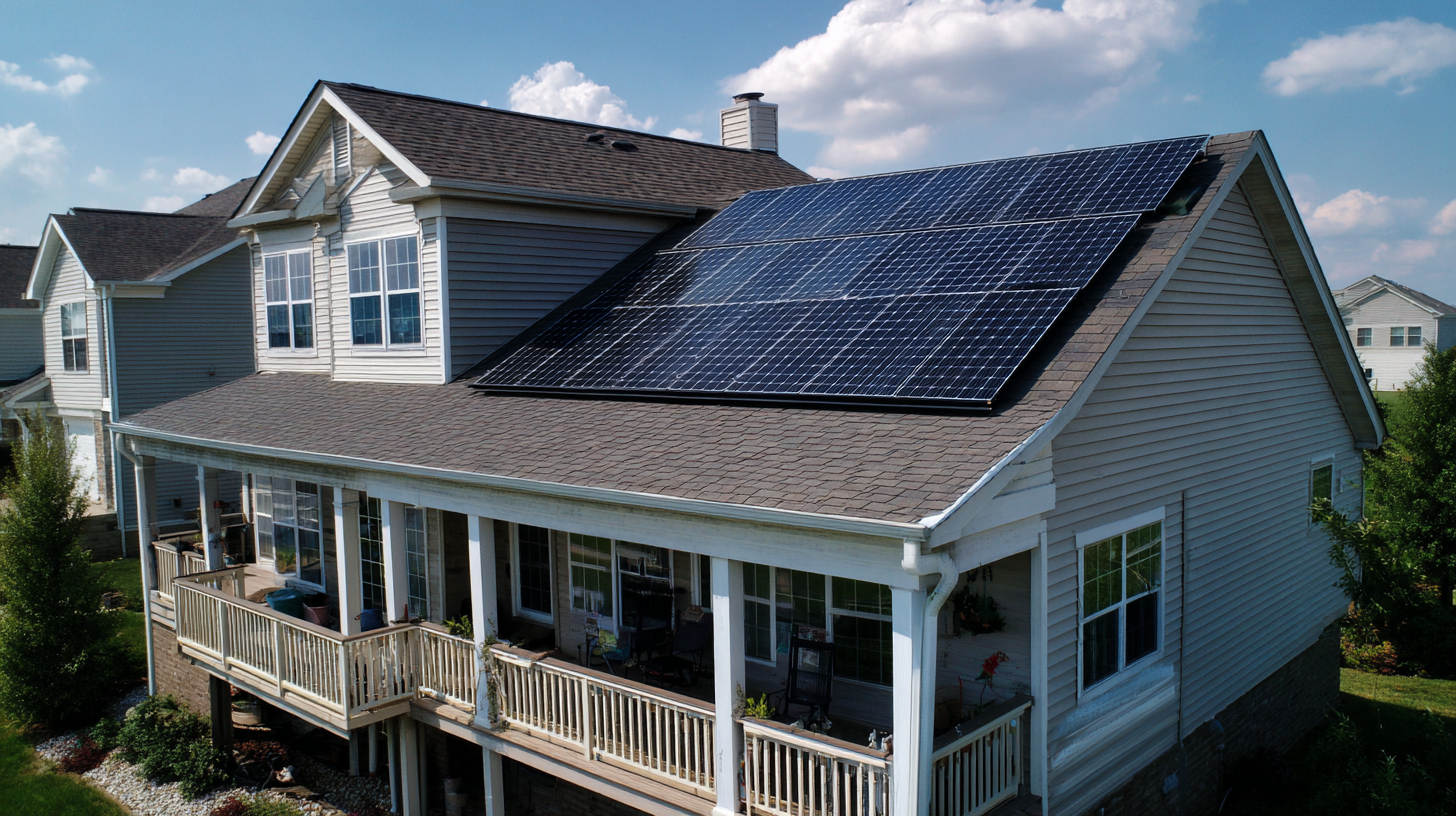
Determine Your Energy Needs and Goals for Solar Panel Usage
When planning for a solar panel installation, understanding your energy needs and goals is crucial for maximizing potential savings. According to the U.S. Energy Information Administration (EIA), the average American household consumes around 877 kWh per month. By analyzing your historical energy usage, you can better estimate how many solar panels are needed to cover your consumption and reduce your electricity bills.
In addition to current energy needs, it's essential to consider future energy consumption goals. As households increasingly adopt electric vehicles and energy-efficient appliances, projected energy usage may rise. The Solar Energy Industries Association (SEIA) reports that more than 3 million U.S. homes have already adopted solar, reflecting a growing trend toward renewable energy solutions. By factoring in both current and anticipated future energy needs, homeowners can optimize their solar systems for maximal efficiency and cost savings, ensuring a responsible investment in sustainable energy.
Research Your Local Solar Energy Incentives and Rebates
Before initiating a solar panel installation, it is crucial to explore local solar energy incentives and rebates that can significantly enhance your savings. According to the Solar Energy Industries Association (SEIA), over 70% of homeowners who install solar power systems benefit from some form of government incentive, such as the Federal Investment Tax Credit (ITC), which offers a tax credit of 26% of the total system cost through 2022, decreasing slightly in subsequent years. This incentive can substantially lower the upfront costs, making solar energy more accessible and financially viable for consumers.
In addition to federal incentives, many states and municipalities provide their own rebates and programs designed to encourage solar adoption. For instance, as reported by the National Renewable Energy Laboratory (NREL), some states offer cash rebates that can range from $1,000 to $3,000, alongside performance-based incentives that reward homeowners for the energy their systems produce. Furthermore, net metering policies in various states allow homeowners to receive credits for excess energy they contribute back to the grid, effectively offsetting their electricity bills. By thoroughly researching these local incentives, homeowners can optimize their costs and maximize the financial benefits of transitioning to solar energy.
Solar Panel Incentives and Rebates in the U.S. by State
Choose the Right Type of Solar Panels for Your Home
When planning a solar panel installation, choosing the right type of solar panels for your home is crucial for maximizing energy savings. With the solar panel market projected to grow significantly, reaching $4.12 billion by 2031, homeowners need to consider several factors when selecting panels. The market's impressive compound annual growth rate of 12.2% from 2024 to 2031 indicates an increasing interest in renewable energy solutions, and the right panels can enhance both efficiency and cost-effectiveness.
A myriad of options exists, such as monocrystalline, polycrystalline, and thin-film solar panels, each with unique advantages. Monocrystalline panels, for instance, are known for their high efficiency and sleek design, making them ideal for residential settings with limited space. Polycrystalline panels, while slightly less efficient, offer a more cost-effective solution for larger installations. Additionally, innovations like balcony solar products and energy storage systems can further contribute to energy independence, making it essential to assess how these technologies fit into a homeowner's specific needs and preferences.
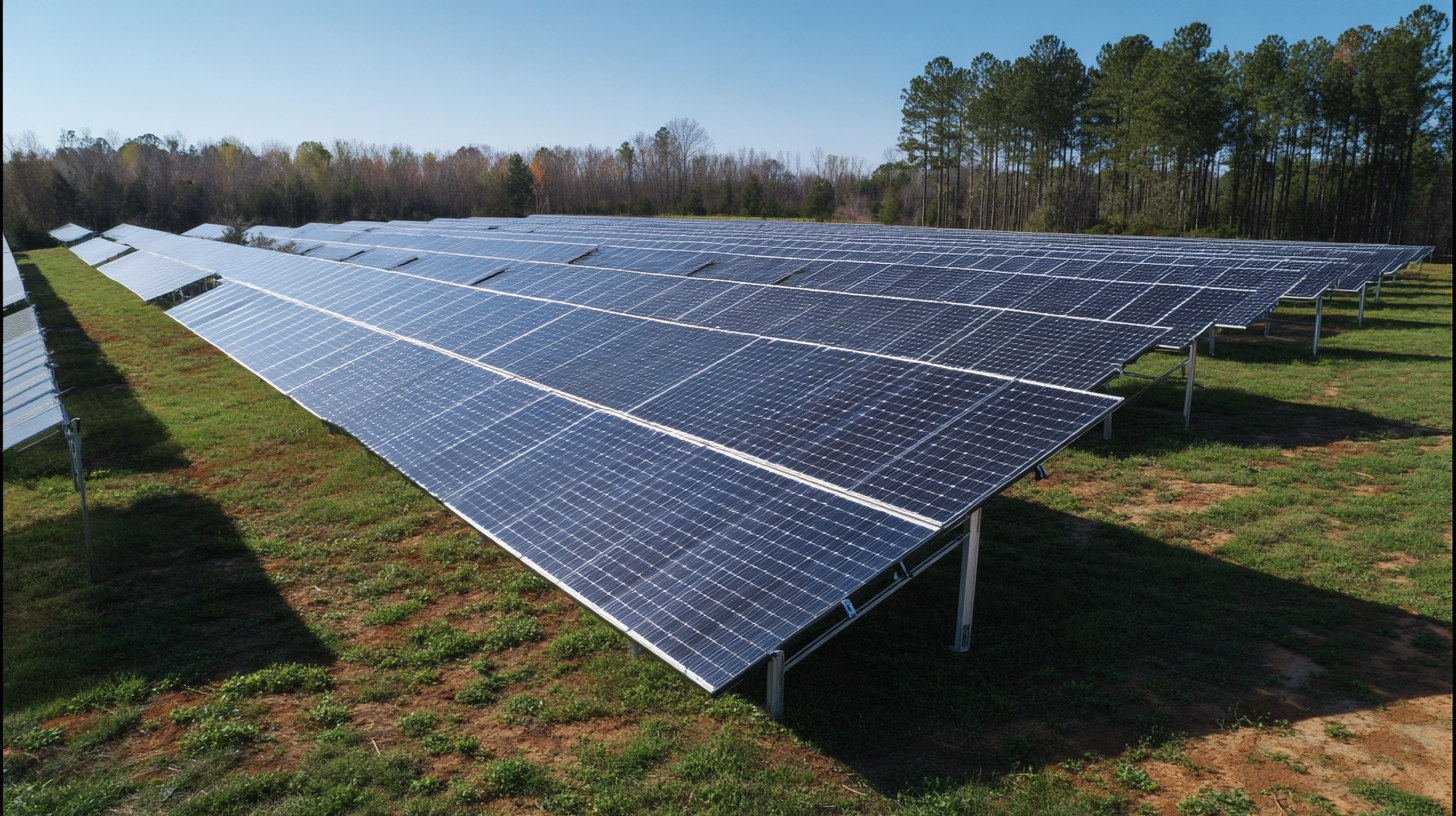
Plan the Optimal Installation Date for Energy Production
Choosing the optimal installation date for your solar panels can significantly impact energy production and savings. According to the National Renewable Energy Laboratory (NREL), solar energy generation is maximized when panels are installed during months with longer daylight hours. For most regions, late spring to early summer is optimal, as these months offer extended sunlight, ensuring higher energy outputs. This strategic timing can lead to up to 20% more energy generation annually compared to installing during less bright months.
**Tips:** Consider your local weather patterns before scheduling installation. Areas with frequent cloud cover or rainy seasons may see reduced solar efficiency, making a late spring installation more favorable. Additionally, check for any seasonal shading from trees or nearby buildings that could affect the panels' exposure to sunlight.
The angle and orientation of your solar panels also plays a crucial role. A study from the Solar Energy Industries Association (SEIA) indicated that installations facing south with a tilt of approximately 30 degrees can collect up to 40% more energy in certain locales. Therefore, planning to install panels when the sun is at its peak position can further enhance energy savings throughout the year.
How to Efficiently Plan Your Solar Panel Installation for Maximum Energy Savings
| Installation Date | Expected Energy Production (kWh) | Projected Savings ($) | Incentives Available |
|---|---|---|---|
| 2023-06-01 | 850 | 120 | Federal Tax Credit |
| 2023-08-15 | 1000 | 150 | State Rebate Program |
| 2023-09-20 | 780 | 110 | Utility Incentives |
| 2023-10-05 | 920 | 130 | Local Grants |
Select Reliable Installers and Obtain Multiple Quotes for Comparison
When planning a solar panel installation, one of the most crucial steps is to select reliable installers. According to a report by the National Renewable Energy Laboratory (NREL), choosing the right installer could significantly affect both the installation process and the overall savings on energy costs. High-quality installers not only ensure that the panels are installed correctly but also offer warranties and maintenance options that can lead to long-term financial benefits. NREL's research indicates that households that selected reputable installers saw an average increase of 20% in the efficiency of their solar systems compared to those who chose lower-cost, less experienced options.
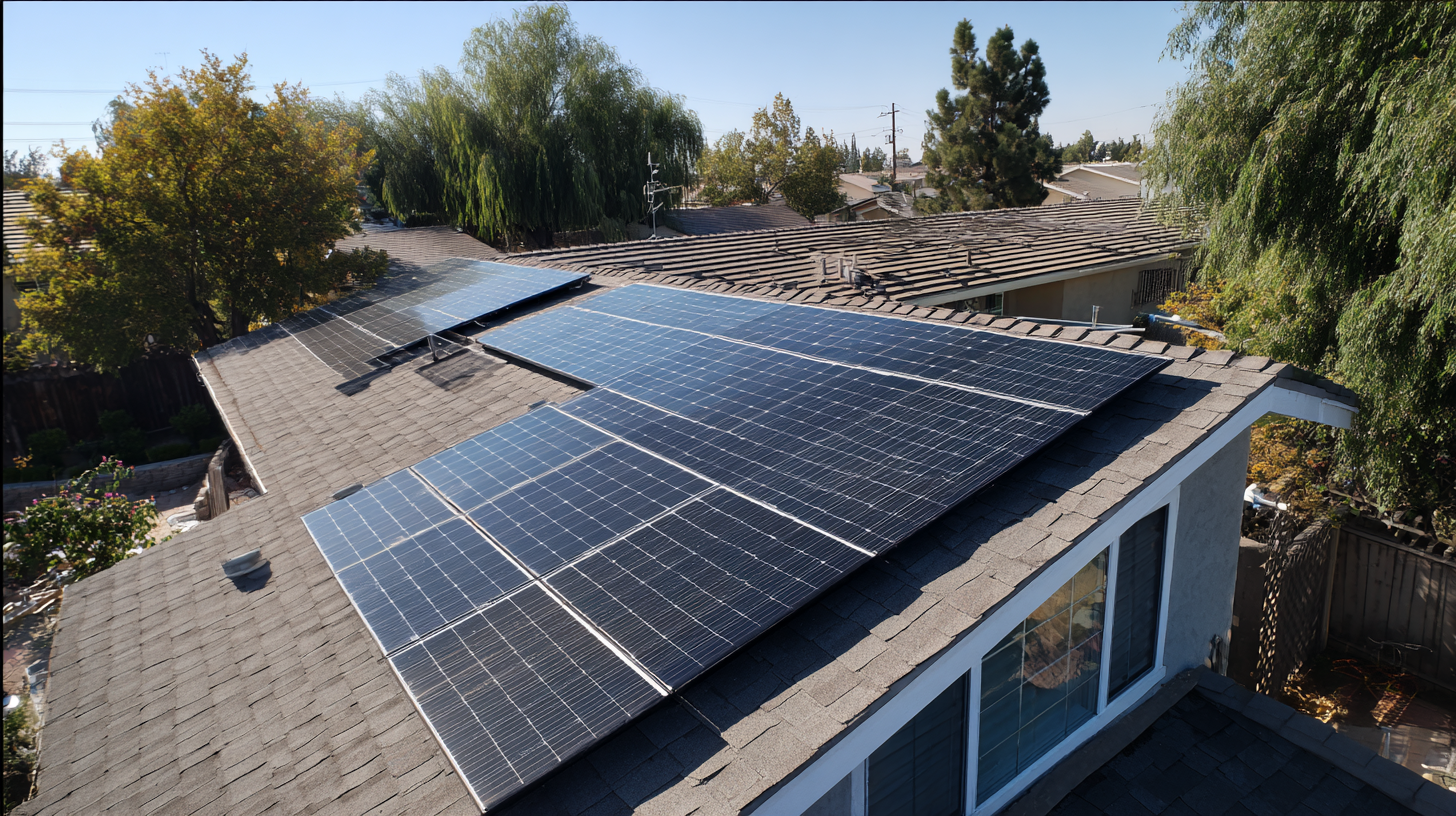
Furthermore, obtaining multiple quotes is essential for making informed decisions. The Solar Energy Industries Association (SEIA) recommends that homeowners gather at least three quotes from different contractors. This approach enables homeowners to compare pricing, installation timelines, and service offerings. Data from SEIA shows that homeowners who take the time to compare quotes save an average of 10% on installation costs. By carefully vetting contractors and examining competitive bids, you can maximize your investment in solar energy, ensuring that the system you choose not only satisfies your immediate energy needs but also enhances your long-term savings.
Related Posts
-
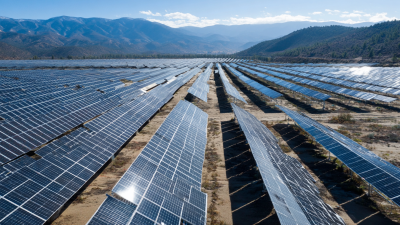
Top Green Solar Power Solutions for Ultimate Energy Efficiency Comparison
-

Unlocking the Advantages of Solar Engineering for Sustainable Energy Solutions
-
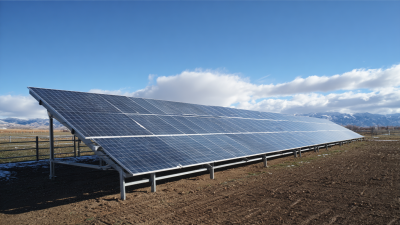
How to Maximize Energy Efficiency with Solar Panel Power Solutions
-
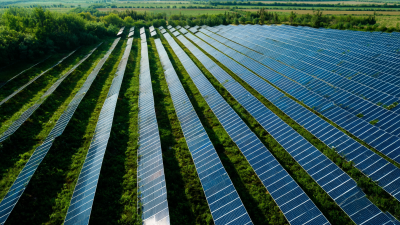
Top Strategies for Sourcing the Best Green Energy Solutions in a Competitive Market
-

Comparing Top Green Energy Solutions for Sustainable Business Practices
-
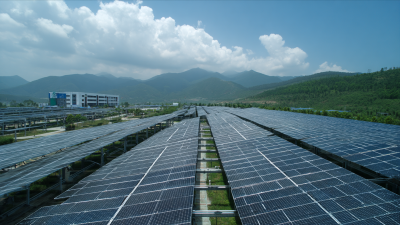
Uncover the Excellence of Best Solar Engineering from Chinas Leading Manufacturers